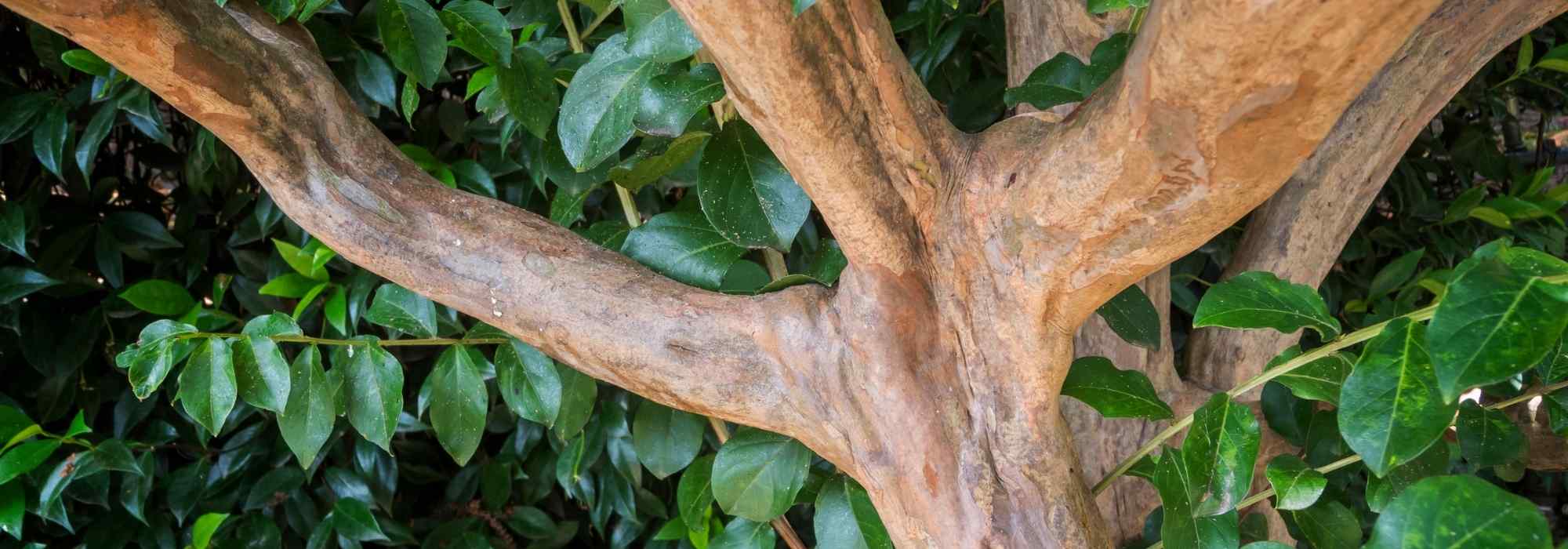
How to train a tree as a coppice?
A pollarding to transform a tree
Contents
Coppicing involves cutting the unique trunk of a tree or bush at the base of its collar in the hope that the stump will sprout and produce shoots, the new trunks. Trees formed in this way are then referred to as “coppiced trees.” Both aesthetic and practical, the operation allows for the creation of a multi-trunk tree with a very graphic habit and a reduced height. Ideal as a standalone feature, a coppiced tree adds a central element to the ornamental garden thanks to its unique habit and highlighted bark. But can all trees be coppiced? When and how should coppicing be carried out? What are the advantages of the “coppiced” method? We cover everything in this advice sheet.
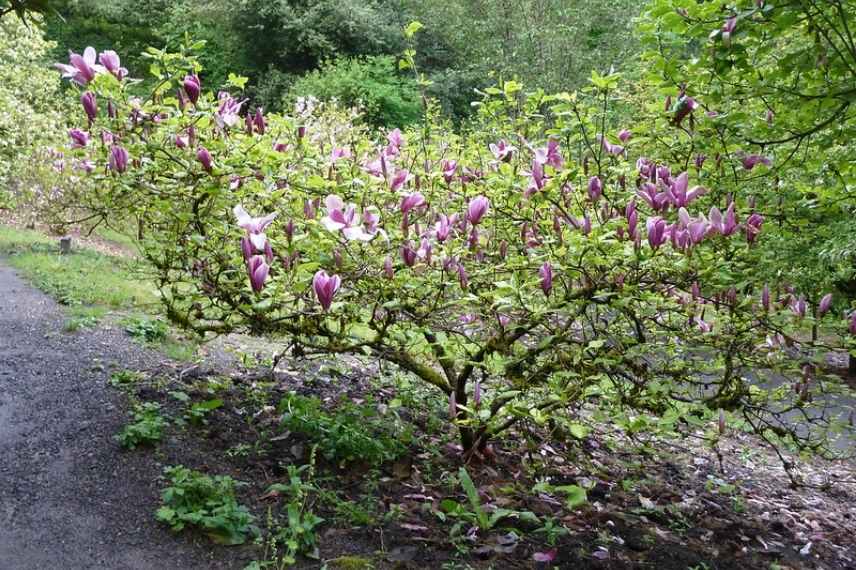
Young Magnolia trained as a coppiced tree (© Wendy Cutler)
What is the "coppice shoots" form?
A tree trained as a coppice presents several trunks from its stump. This type of tree is sometimes referred to as many-stemmed trees (for multi-trunks or multi-stems), although this term is more commonly used for plants that naturally form several stems from the stump, such as hazels. Coppicing trees and shrubs generally offers numerous advantages: rejuvenating a shrub, obtaining vigorous young shoots (for the production of canes or osiers, to name two examples), more colourful or larger foliage, stimulating the development of a more vigorous root system, managing height… However, we will only discuss the process of coppicing to achieve a tree in coppice form.
Of course, a tree worked as a coppice will be more imposing in width, thus requiring more space. It is also preferable to plant it in isolation to enjoy its unique habit. Due to the branches forming a “plateau“, the shading will be even more effective than with a single-trunk tree. A coppiced tree is therefore ideal for resting or dining peacefully in its shade.
The growth of coppiced trees is limited in height. This can be beneficial for gardeners who do not wish to undertake significant pruning work at height in the long term.
Please note: a “false coppice” can also be created by planting 3 (or 5 or 7) young plants closely together in the same planting hole. This operation is only feasible for young plants of species with a relatively small root system. This is the case with birches, for example.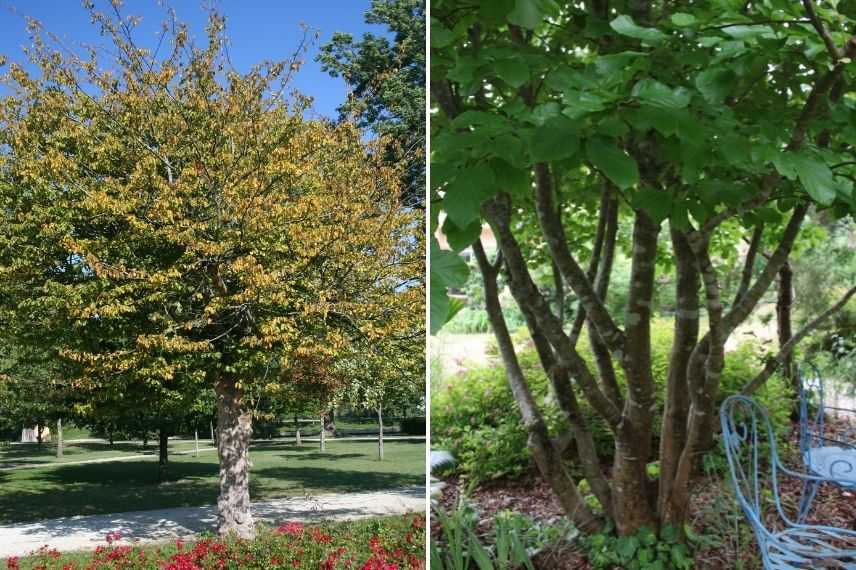 Parrotia on trunk and in coppice form
Parrotia on trunk and in coppice form
When and how to create a coppice shoot?
The right time to proceed
Cutting back should be done during the dormant period, either in autumn or late winter, before the growth starts. Do not attempt this operation in late spring or early summer, as it will likely kill the tree or bush.
How to transform a standard tree into a coppice?
You can buy already formed coppice trees from a nursery, but you can also carry out the operation yourself. Here’s how to do it!
Cutting back involves cutting a tree or bush at the base, just at the collar to encourage the formation of vigorous shoots. The tree should be healthy and relatively young (no more than 5 or 6 years old). The cut should be made cleanly at the base of the trunk, just above the collar (2-3 cm above the soil). Do not cut too high, as the wood of the stump will degrade over time, risking poorly anchored shoots. For grafted subjects, however, make the cut above the grafting point.
When the shoots emerge from the stump, only the most beautiful and well-placed ones should be kept. The shoots will be selected in spring to ensure they are spaced apart enough to avoid the appearance of included bark. Additionally, avoid keeping shoots growing on the scar tissue of the stump (adventitious buds); instead, prefer those located at the base of the stump, lower down. These shoots come from the proventive buds. Shoots starting at the base of the stump can sometimes develop an autonomous root system, ensuring a better start. Some only keep two shoots or odd multiples (3, 5, 7…), but after all, nothing prevents you from forming a coppice with 4, 6, or 8 trunks. Choose wisely the “trunks” to keep: the tree should have a completely natural and open habit. Let’s avoid the “coat rack” appearance of vertical trunks, which is rather unattractive. On these “trunks”, you can raise the branches by removing the lower ones to the desired height and give the whole a nice transparency.
Nota bene: in theory, a coppiced tree is one whose multiple trunks start from the stump, thus from the soil. However, some cultivate their trees to create the coppice at height, that is to say, 1 m or even more from the trunk. This is obviously a matter of taste above all.
How to maintain a coppiced tree?
Maintenance is quite limited. It is sufficient to remove branches growing low or poorly positioned to maintain the tree’s transparency up to at least 1 m – 1.5 m.
Don’t forget a good mulch or even better low-growing perennial ground cover plants, either deciduous or evergreen, to dress the base and keep the soil cool.
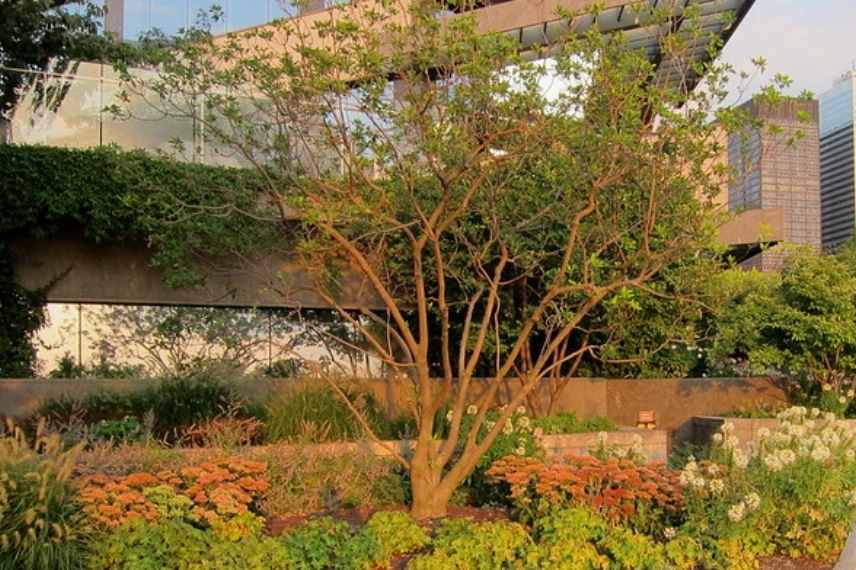
Magnolia virginiana, ground cover made up of Geraniums macrorrhizum and Sedums (© K M)
Discover other Shrubs
View all →Available in 0 sizes
Available in 1 sizes
Available in 1 sizes
Available in 1 sizes
Available in 1 sizes
Available in 1 sizes
Available in 1 sizes
Available in 1 sizes
Available in 1 sizes
Available in 1 sizes
Which trees and bushes are best suited for it?
In reality, almost all trees can be worked as coppice. But the most beautiful will be those whose bark or branch arrangement allows for truly spectacular subjects. The best at sprouting are: poplars and willows, chestnuts, alders, elms, maples, Morus, and lindens.
Among the remarkable barks, we can mention: birches, strawberry tree, eucalyptus, plane trees, Tibetan cherry, the Acer griseum…
For unique shapes, graphic or sometimes even a bit twisted: twisted willow and osier willow, contorted hazel, deciduous magnolias, liquidambar, catalpa, and paulownia, Judas tree, Japanese sophora, hornbeam, Nothofagus antartica, Cercidiphyllum japonicum, Koelreuteria paniculata, Persian ironwood or ginkgo biloba…
But also some large bushes: Cornus mas, serviceberries, Acer campestre…
However, be aware that there are trees and shrubs that do not sprout and therefore cannot be coppiced: boxwood, gorse, cistus, witch hazel, holly, sloe, pieris, rosemary, or mimosa. Similarly, apple trees, pear trees, cherry trees, and plum trees… cannot be coppiced either.
Moreover, most conifers do not appreciate being managed as coppice except for a few that sprout well, such as Sequoia sempervirens, Taxodium, Metasequoia, Araucaria and common yew.
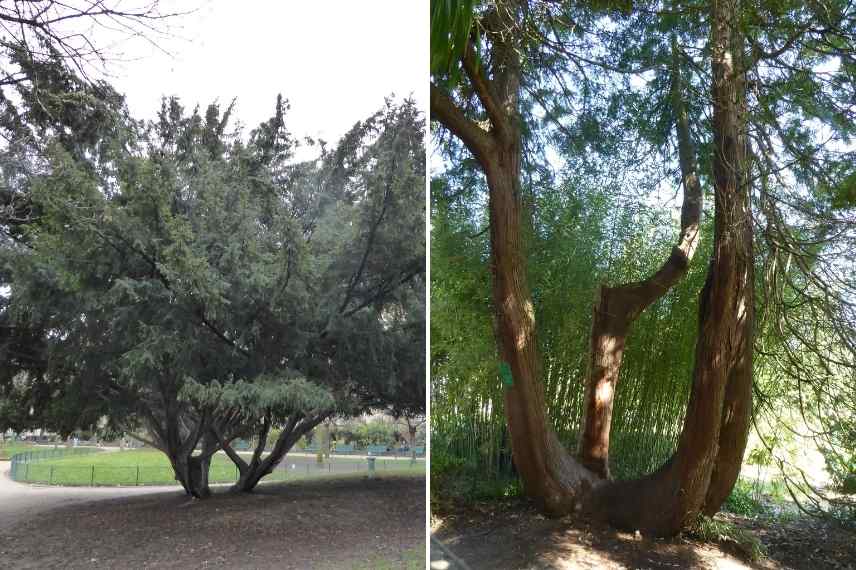
Yew in coppice at Parc Monceau and thuja shaped into multiple trunks at the Jardin des Plantes in Nantes (© Gwenaëlle Authier David)
- Subscribe!
- Contents
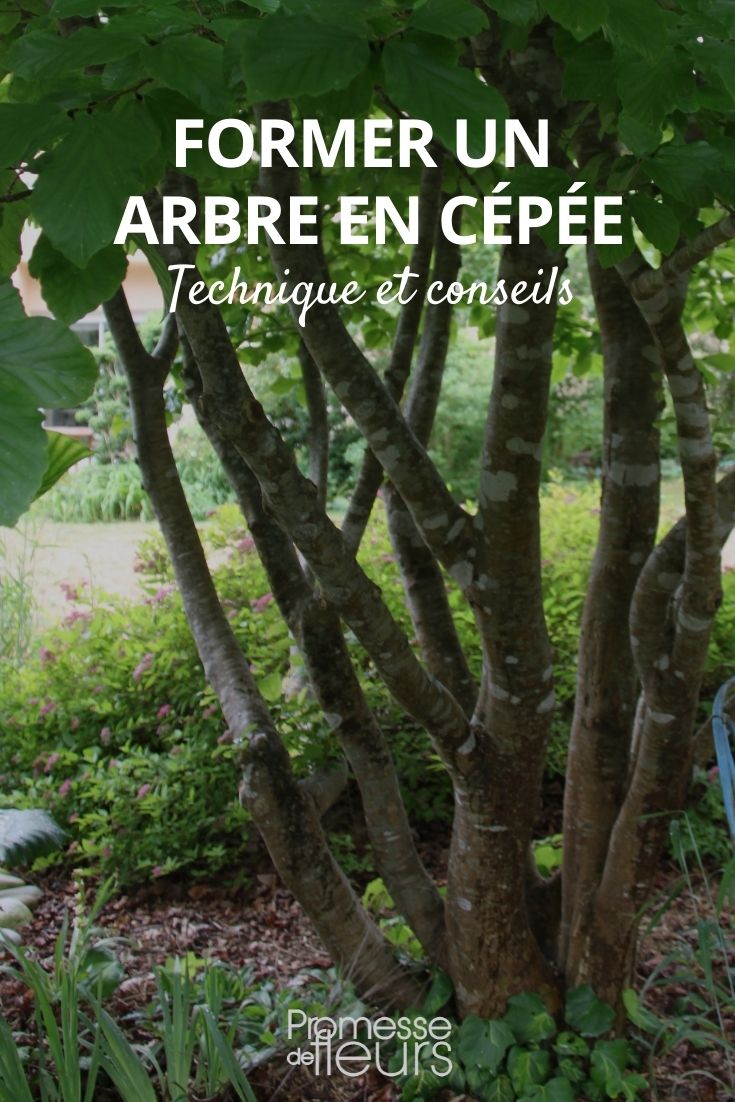































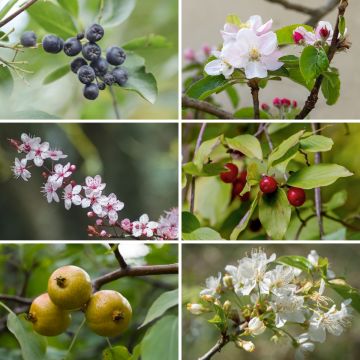
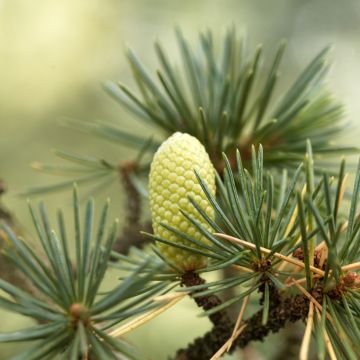
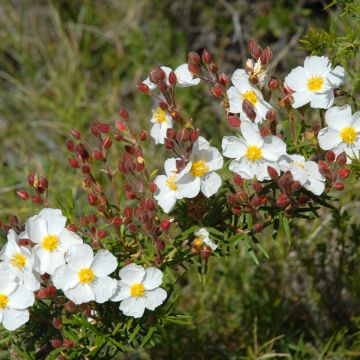
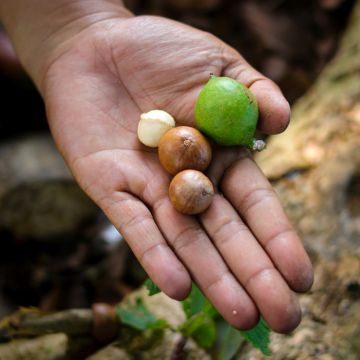
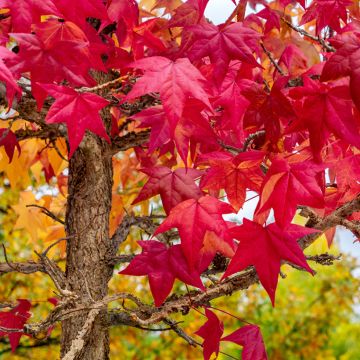
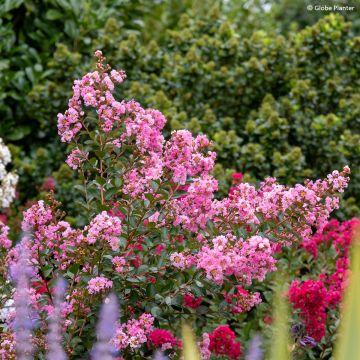
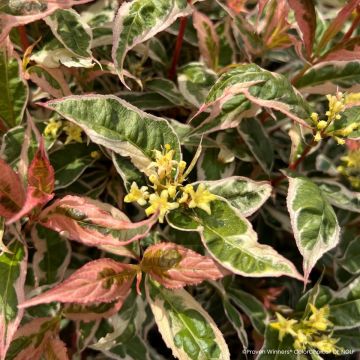
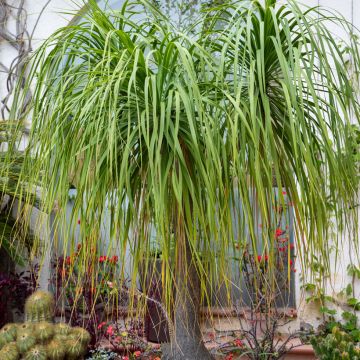
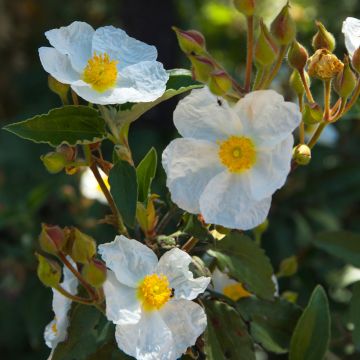
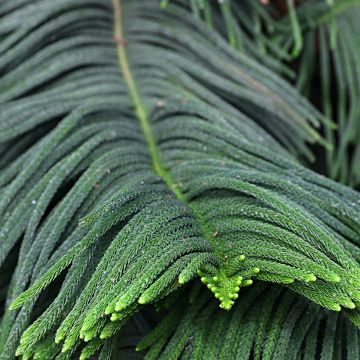
Comments